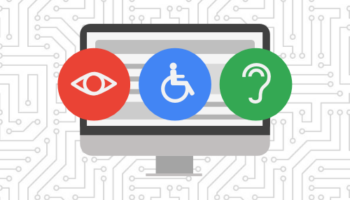
Image ALT and title attributes may appear to do the same thing at first glance, but they are actually quite different in how they work and how they are interpreted by users, search engines and browsers.
First, ALT (or Alternative Text) is meant to help describe the image which you are placing in your post or page. This is important if your image fails to load in a browser or email program, because the descriptive text is displayed in the same position as the failed image. In addition, ALT text is considered to be important for SEO, in that search engine crawlers try to gather data from this attribute in hopes to serve you better results when you are doing an image search. Be brief, but descriptive. And remember, you don’t need to use words like “picture” or “image” in your description; search engines already know it’s an image.
Other benefits to using ALT text is that some browsers may not display images at all, such as screen readers. Visually impaired persons depend on this extra information when “browsing” your site.
Much like the ALT text, the title attribute is used to help describe the image, but in a slightly different way. Image title attributes help by providing users with advisory information about the image in a brief pop up animation. This happens when a user hovers over an image that has the title attribute set. One tip to follow is that it is not always necessary to use a title attribute on an image. Try to reserve them for when the image links to other content or a larger version of itself.





